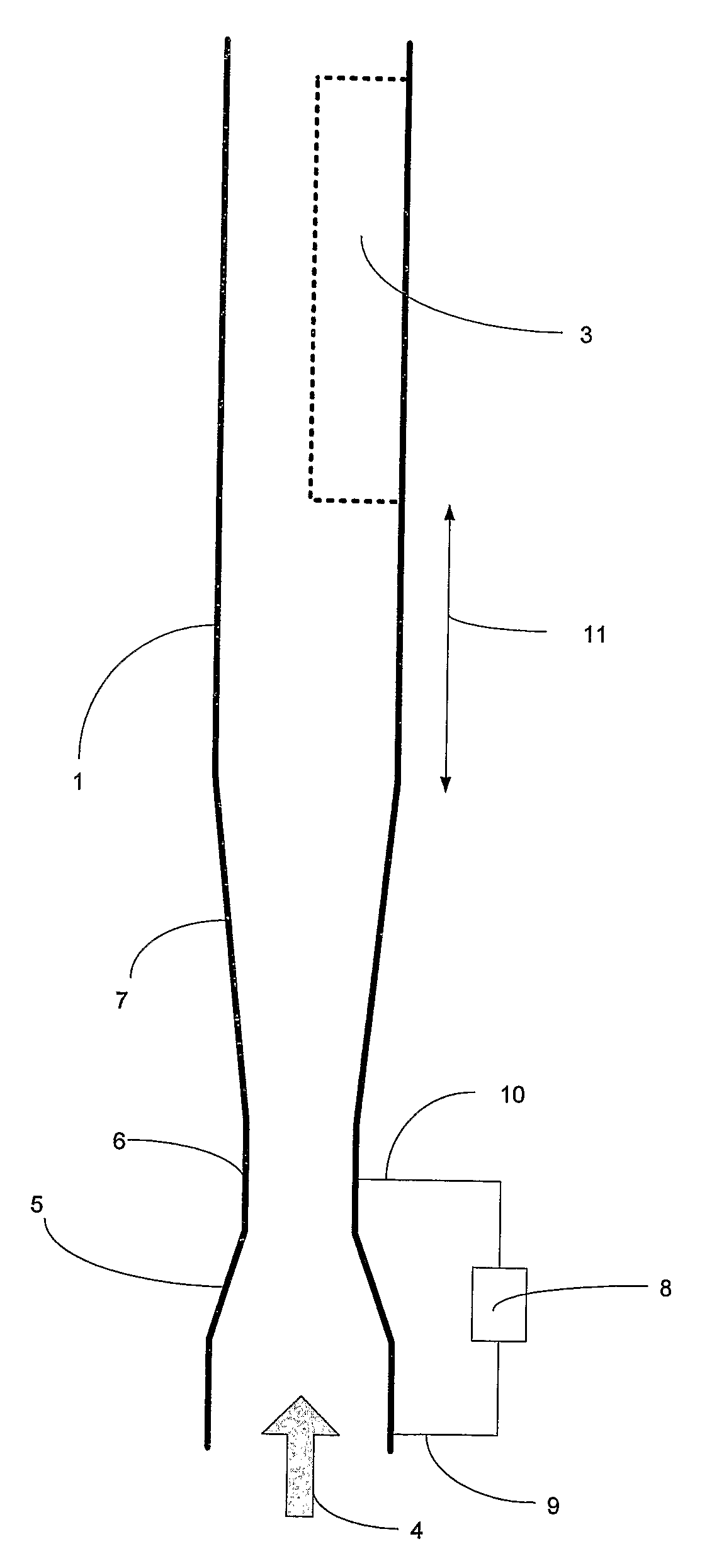Method and Apparatus for Tomographic Multiphase Flow Measurements
a multi-phase flow and measurement method technology, applied in the field of flow meters, can solve the problems of not meeting the requirements of a three-phase flow meter yet, damage to the interior of the instrument, and high cost of test separators, so as to improve the measurement accuracy and component range.
- Summary
- Abstract
- Description
- Claims
- Application Information
AI Technical Summary
Benefits of technology
Problems solved by technology
Method used
Image
Examples
Embodiment Construction
and reference is also made to the following text books in the further discussion of the present invention:
[0085]The fundamentals of electromagnetic waves traveling in any media and the behavior of electromagnetic filed in a pipe (waveguide) is well described in the literature such as Fields and Waves in Communication Electronics” by S. Ramo, J. R. Whinnery and T. V. Duzer, (Wiley).
[0086]Fundamental principles for performing electromagnetic measurements, electromagnetic mixing laws and tomographic measurement techniques based on electromagnetic measurements can be found in “Electromagnetic mixing formulas and applications”, by Ari Sihvola, (IEE Electromagnetic Wave Series 47), and “Microwave Electronics—measurements and material characterization” by Chen et al, (Wiley) and “Aqueous Dielectrics” by J. B. Hasted (Chapman and Hall).
[0087]Tomographic measurement techniques based on impedance measurements are well described in Tomographic Techniques for Process Design and Operation by M. ...
PUM
 Login to View More
Login to View More Abstract
Description
Claims
Application Information
 Login to View More
Login to View More - R&D
- Intellectual Property
- Life Sciences
- Materials
- Tech Scout
- Unparalleled Data Quality
- Higher Quality Content
- 60% Fewer Hallucinations
Browse by: Latest US Patents, China's latest patents, Technical Efficacy Thesaurus, Application Domain, Technology Topic, Popular Technical Reports.
© 2025 PatSnap. All rights reserved.Legal|Privacy policy|Modern Slavery Act Transparency Statement|Sitemap|About US| Contact US: help@patsnap.com



